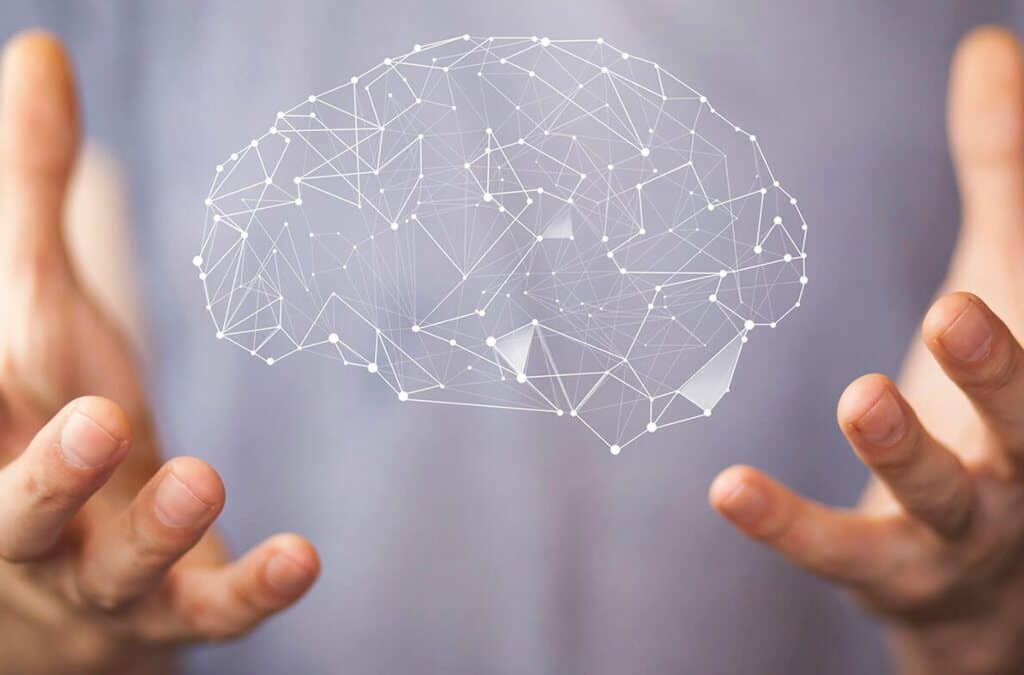Biological laterality studies how the dominance of one side of the body affects our emotional and physical responses. In this article, we’ll explore its effects on health with examples and useful tests.
Understanding Biological Laterality and Its Health Implications
Biological laterality is a fascinating concept that examines how the dominance of one side of the body can influence our emotional and physical responses to various conflicts. This approach, a core part of biodecoding, helps us better understand ailments and diseases from a more comprehensive perspective.
What is biological laterality?
Biological laterality refers to the innate preference to use one side of the body more than the other. This preference is not only evident in everyday actions, such as writing or throwing a ball but also in how we respond on an emotional and physical level to personal conflicts.
Conflicts and responses according to laterality
Left emotional response
Right-handed people often respond to emotional conflicts related to the mother or children (real or symbolic) through the left side of the body. This includes ailments in the left arm, left shoulder or even the left lung. This pattern suggests that the left side of the body, for a right-hander, is more linked to emotions associated with care and protection.
Right emotional response
In contrast, the same people face conflicts with their partner using the right side of the body. For example, problems in the right arm or right shoulder can indicate tensions in romantic or partnership relationships.
Laterality in left-handed people
For left-handed people, the situation is reversed: conflicts with the mother or children tend to manifest on the right side, while issues with the partner affect the left side.
Special cases: ambidextrous people
Even ambidextrous people, who can use both sides of their body with equal skill, show certain preferences under more detailed analysis. Simple tests, such as clapping or feeding a baby, can reveal their predominant laterality in everyday situations.
The importance of laterality in health
Identifying biological laterality was not just an exercise in self-knowledge; it had direct implications for how health and well-being were addressed. Recognizing whether a specific ailment was linked to emotional conflicts offered new avenues for treatment and recovery.
Ailments according to laterality
Understanding whether shoulder pain or discomfort in a specific organ had roots in personal conflicts completely changed the therapeutic approach. This was particularly relevant in holistic medicine, where the treatment sought not only to alleviate the symptom but to resolve the underlying cause of the conflict.
Laterality tests for self-knowledge
Conducting laterality tests was a crucial first step in understanding the body and how it interacted with emotions. These tests ranged from the simplest, such as observing which hand was used more frequently for daily tasks, to more elaborate online tests that assessed the laterality of legs, eyes and ears.
In conclusion
Biological laterality is more than a scientific curiosity; it is a powerful tool for understanding the interaction between our body, our emotions and our health. By integrating this knowledge into our daily life and therapeutic approaches, we can aspire to more holistic and personalized well-being.
For those interested in deepening their self-knowledge and health, exploring biological laterality offers a promising path toward understanding and managing ailments from an emotional and deeply connected physical perspective.




